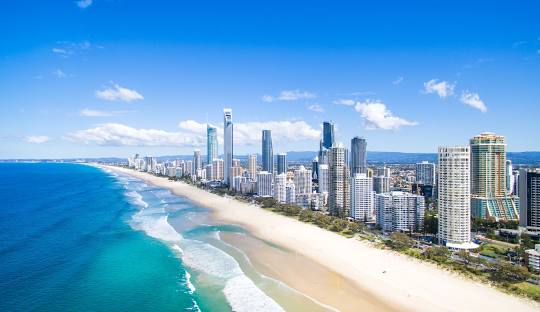City of Gold Coast, one of Australia’s fastest-growing urban regions, presents a striking example of how residential planning, economic development, and environmental engineering can converge. Encompassing a diverse mix of suburbs, towns, rural districts, and localities, the city’s urban structure is as varied as its coastline.
At the heart of its transformation is Southport, which has been declared a Priority Development Area (PDA). This designation is driving major investment into its central business district (CBD), paving the way for increased commercial activity, new infrastructure, and a renewed identity as a business and cultural hub. The area is being repositioned to attract both local entrepreneurs and international investors, reshaping the city's economic core.
One of the most defining features of the Gold Coast’s urban design is its extensive network of artificial waterways. Since the 1950s, the region has led Australia in canal-front living, creating an intricate system of residential waterways that has become synonymous with Gold Coast real estate. Early canal developments such as Florida Gardens and Isle of Capri laid the groundwork, despite facing setbacks like the 1954 flood. In recent decades, modern canal estates like Harbour Quays and Riverlinks have continued this tradition, blending luxury with innovation.
The city's canal system now stretches over 890 kilometres, accommodating more than 80,000 residents in waterfront homes—many of which feature private pontoons, allowing direct access to the Gold Coast Broadwater and Pacific Ocean. The Gold Coast Seaway, strategically engineered between The Spit and South Stradbroke Island, ensures smooth marine access while countering the challenges of longshore drift. A continuous sand pumping system preserves the natural sediment flow, keeping the waterway navigable and ecologically balanced.
These canals extend from major natural waterways including the Nerang River, Tallebudgera Creek, Currumbin Creek, Coomera River, and the southern parts of Moreton Bay. Together, they form a distinctive waterfront urban fabric unmatched in scale elsewhere in Australia.
This hybrid coastal-metropolitan design has made the Gold Coast a standout model of sustainable urban planning, with waterfront lifestyle, business growth, and environmental management working hand-in-hand. As the city continues to evolve, it remains one of the most livable and visionary urban spaces in the Asia-Pacific region.
